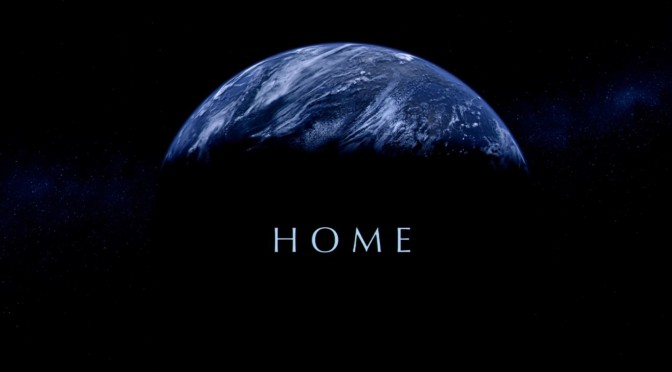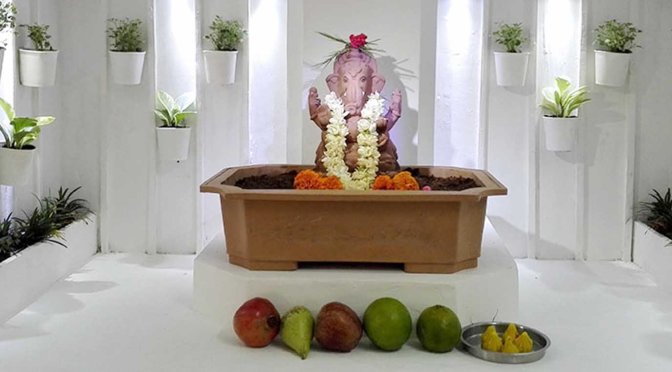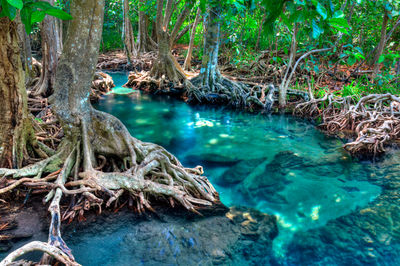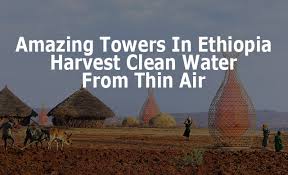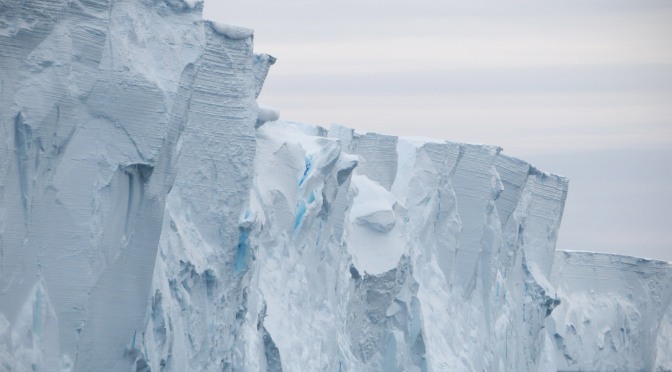Have you checked the Earth Day 2022 projected by Google?
Climate is really changing, but are we and our mindsets?
How warmer the temperature has gone from where it was few decades back?
Our habits and ‘Chalta hai’ attitude, it doesn’t matters from one person, many such jargons and our carefree attitude has contributed to what situations we are facing and coming generations will be facing.
It was time the rivers were pure, while many of today’s kids have not seen or known what rivers are. We are at the urgency of running the campaigns such as Save Water, Plant more trees and Save Soil.
The generation has gone digital, yet our ancestors who were not so digital, but they were connected to the roots of life. They cared for the nature, the animals and all that ecosystems.
We call ourselves advanced, yet so disconnected and running the race with so much stress, anxiety and traumas.
Let this #earthday2022 again be a reminder, to all those sleeping souls, let us all be united to affirm to take whatever smallest action we could take to make this Earth a better place. Let our acts be conscious and nature friendly.
Let us try few steps at our levels, as drop by drop an ocean can be filled. Governments and organizations are doing their part, but when we’ll connect with them it can be a movement. A movement to change the situations that we don’t desire.
If you think yourself too small to make a difference, try sleeping with a mosquito. When it can’t be small to disturb your sleep whole night, you’re not too.
Each one of us have that power to be that spark to lit a fire which can make a big difference. Recognize your strengths and be a contributor in smallest possible ways and shift yourself from the group of complainers to the contributors.
Can we not take small-small conscious steps to make an impact?
Yes we can and we have to! iIt’s not only our responsibility towards nature yet to our future generations. Today both water and air has been sold when nature gives us free in abundance.
Can we not preserve NATURE? If we’ll not, it has the power to restore and when the nature restores, we humans are powerless.
One pandemic has shown us the real strength of nature, where we humans were so helpless and locked inside our homes while rest creatures thrived along with nature.
If we are still not awake, God only knows what else can wake the sleeping souls. Those who are conscious and take actions are already doing their parts. Let us all resolve to take the smallest possible steps we can.
Let us think what all we can do at our ends. Here are few things we can do ⤵️. Can you add what else action you think can be done?
Plant a tree and nurture it.
Make people aware to take conscious efforts towards nature.
Ask companies producing plastics to innovate for nature friendly substitutes. Many corporates have already adopted.
When you buy disposables for the parties, use nature friendly products or use reusables.
Reduce/stop single use plastics.
Don’t buy products that use many levels of packaging.
When you cut any wrapper don’t cut small corners. It has been a great contributor to destroy the soil as it is never lifted and goes to the lands.
Segregrare your dry and wet waste.
Buy reusable, good quality products instead of buying cheap and filling your homes with junk. Many low quality products will cost you more than buying a single quality costly product.
Dont take a bike or a car where actually you can go walking.
Use car pools, public transport rather than using single vehicle for each family member.
Use stairs in place of escalators where you can. It will contribute for your health too.
Discard that ‘chalta hai’ mindset and be a role model wherever you can.
Don’t buy a new one each time when you can actually reuse.
Donate things that you don’t need at appropriate places so that those who can’t afford can use them.
Think for ways while you work, which don’t harm nature or have the minimal effect.
Drop in what else can you add to the list to spread awareness among masses.
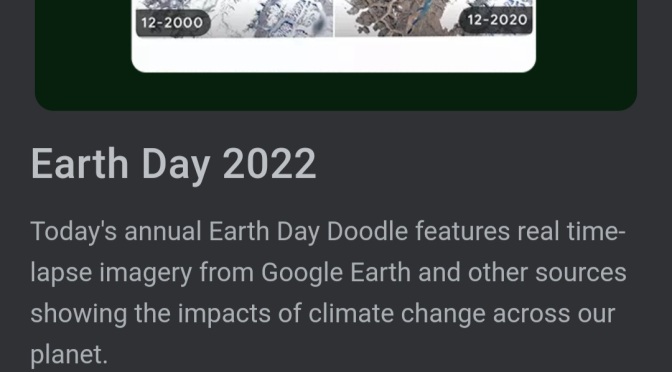
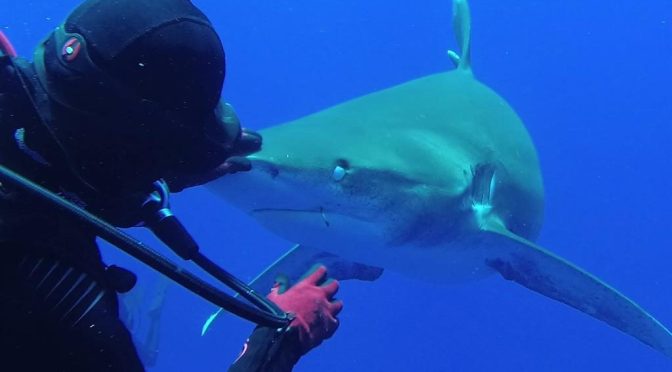
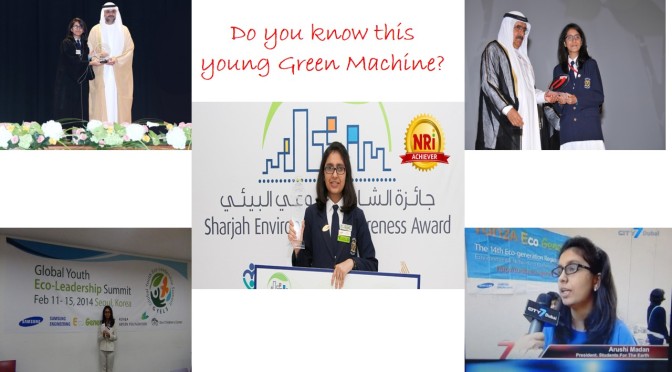
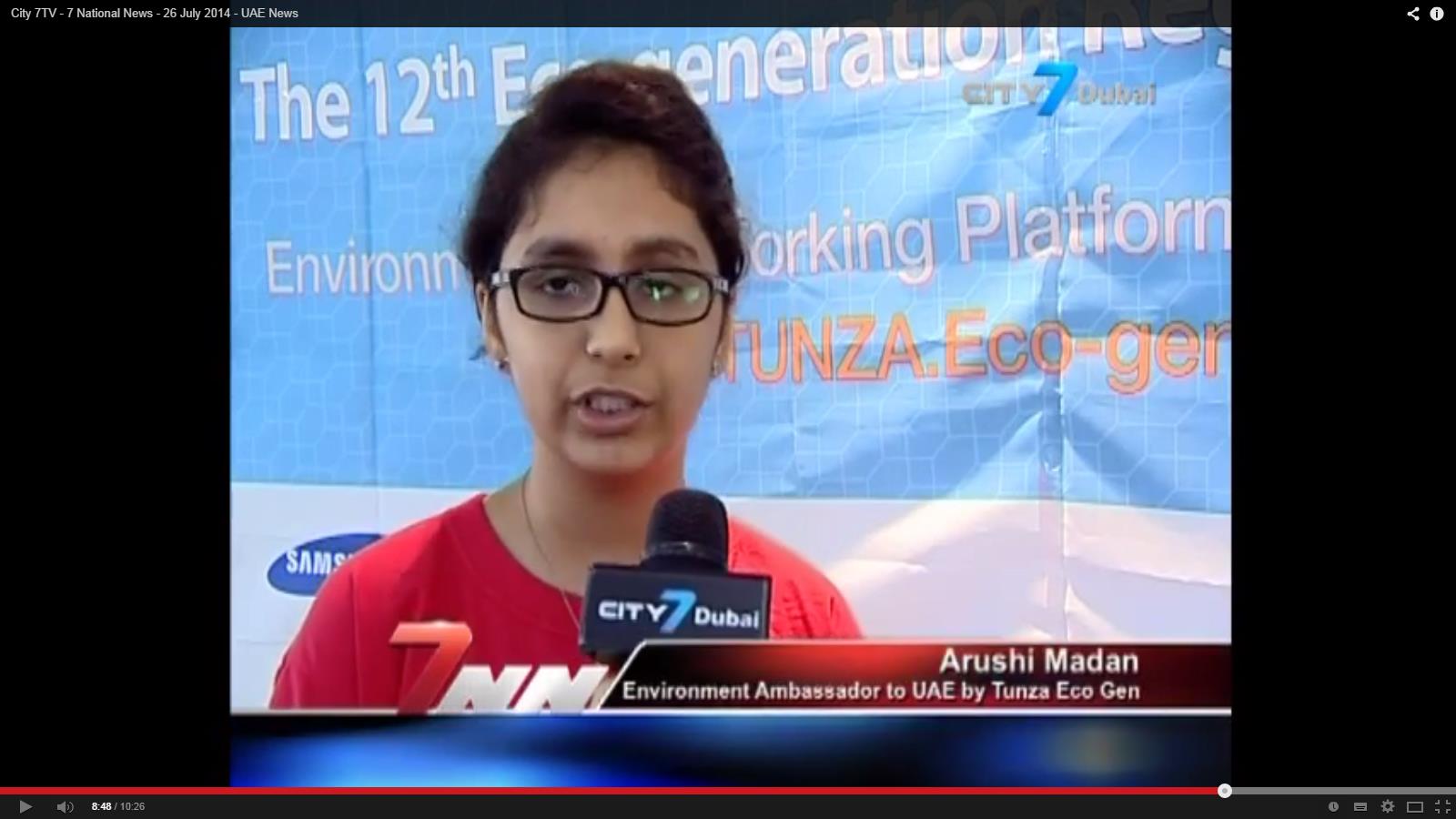
 Arushi in media
Arushi in media 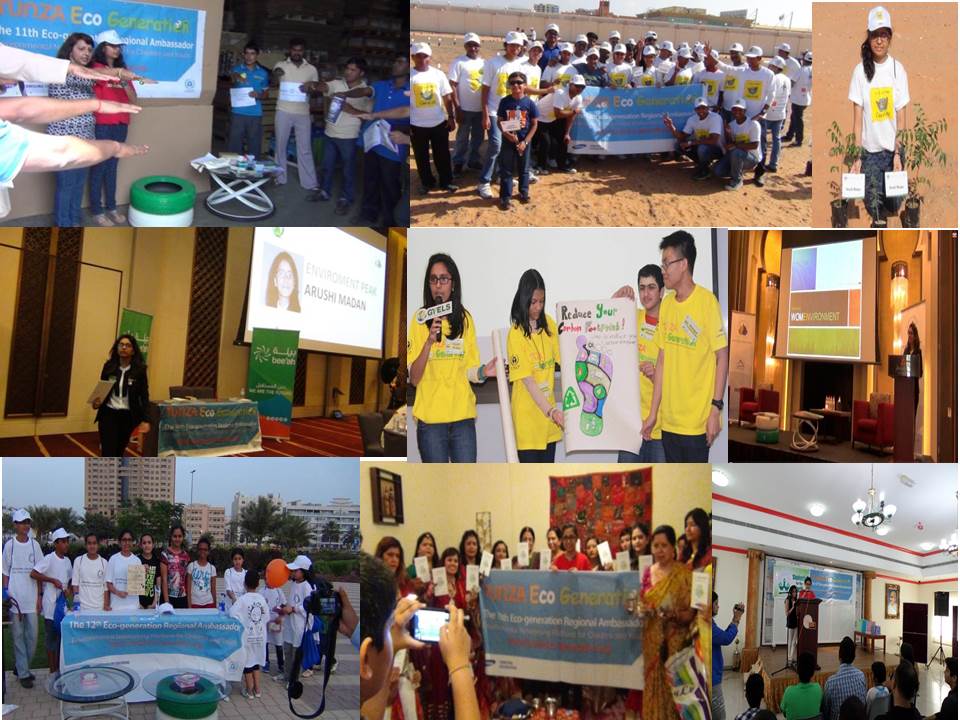 Arushi in action
Arushi in action 